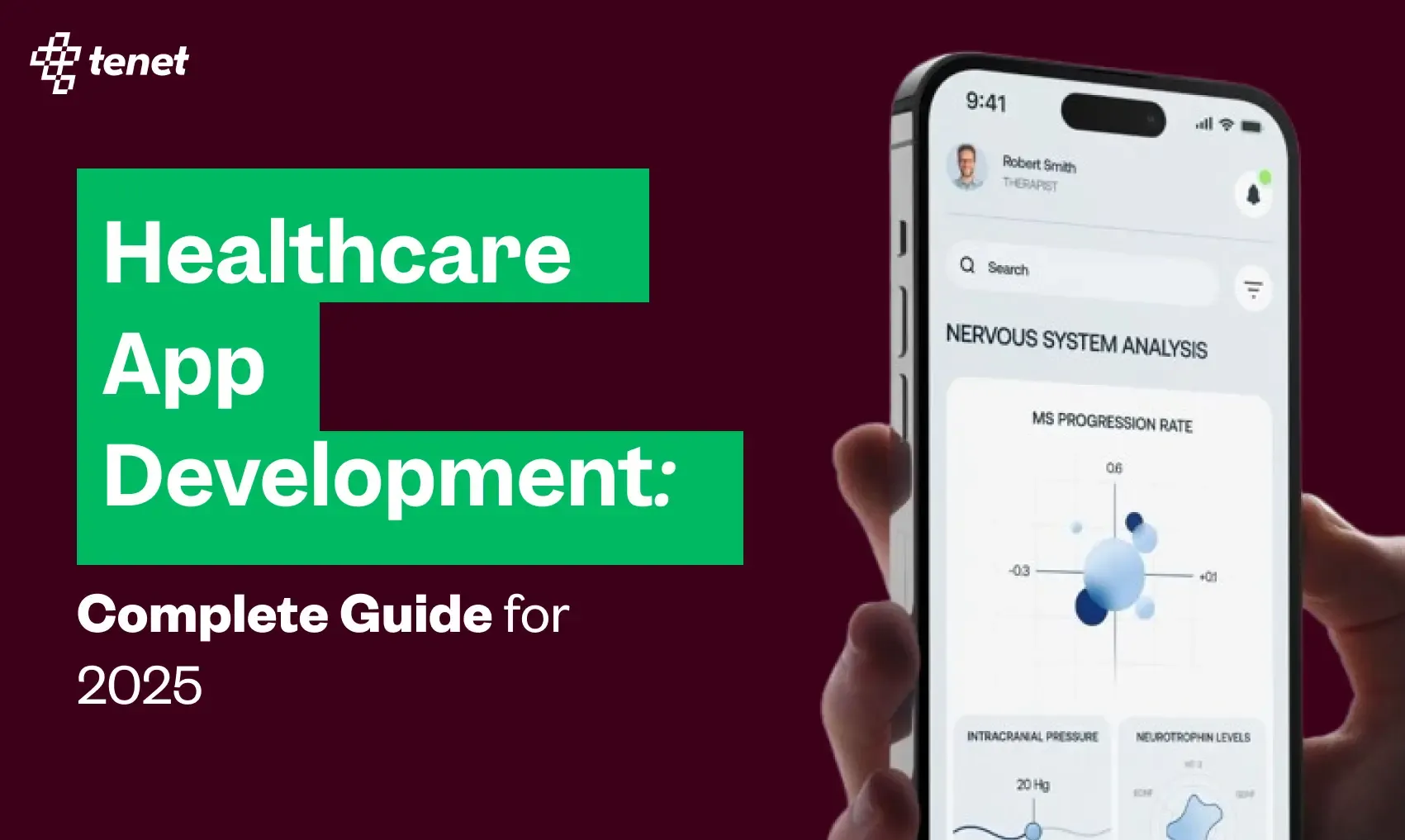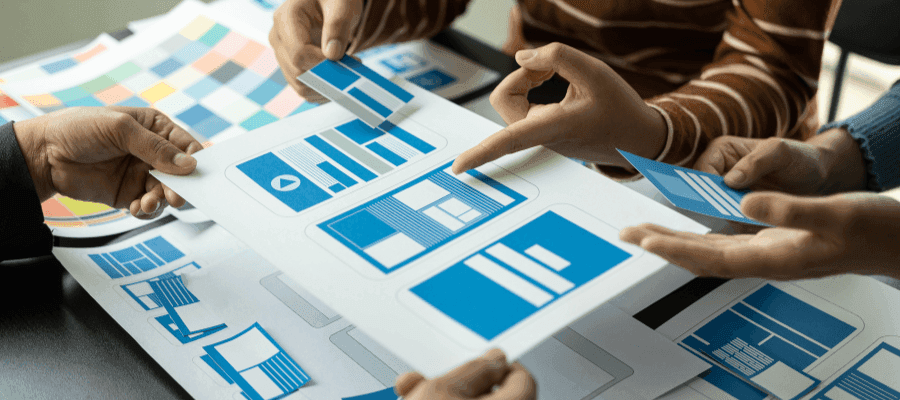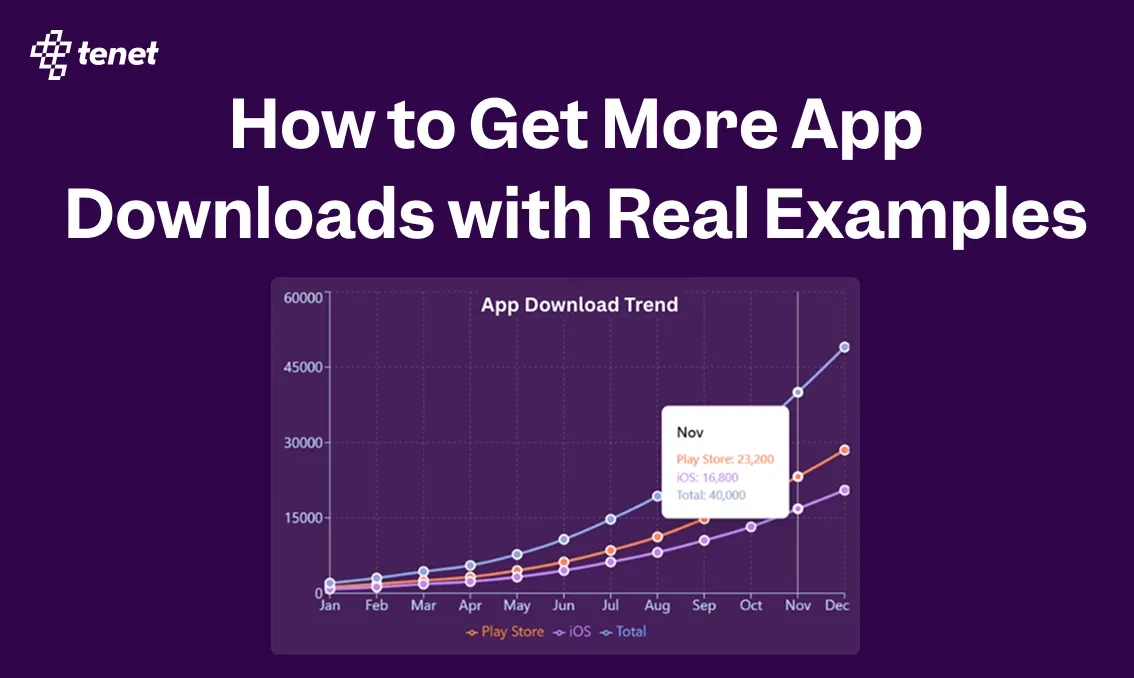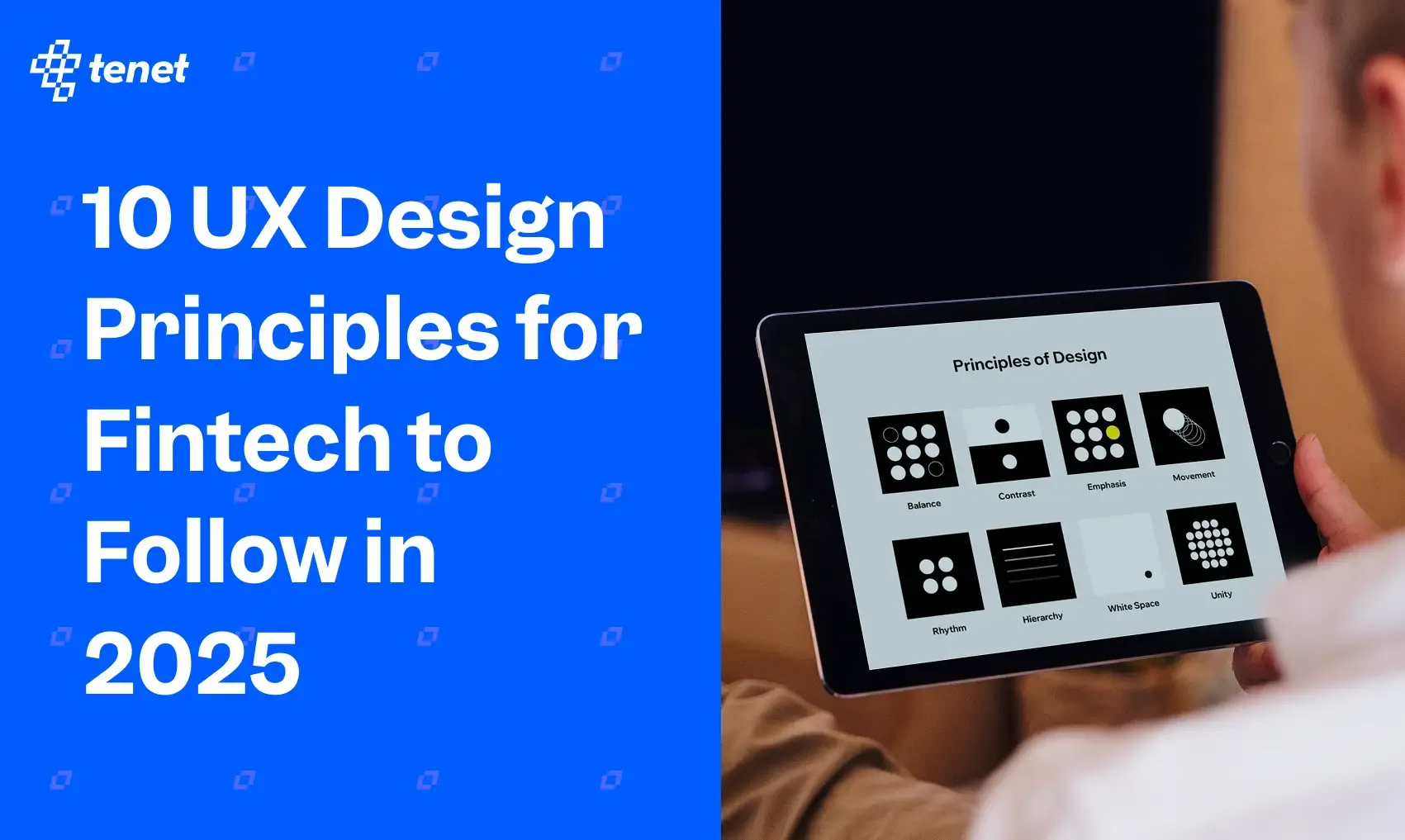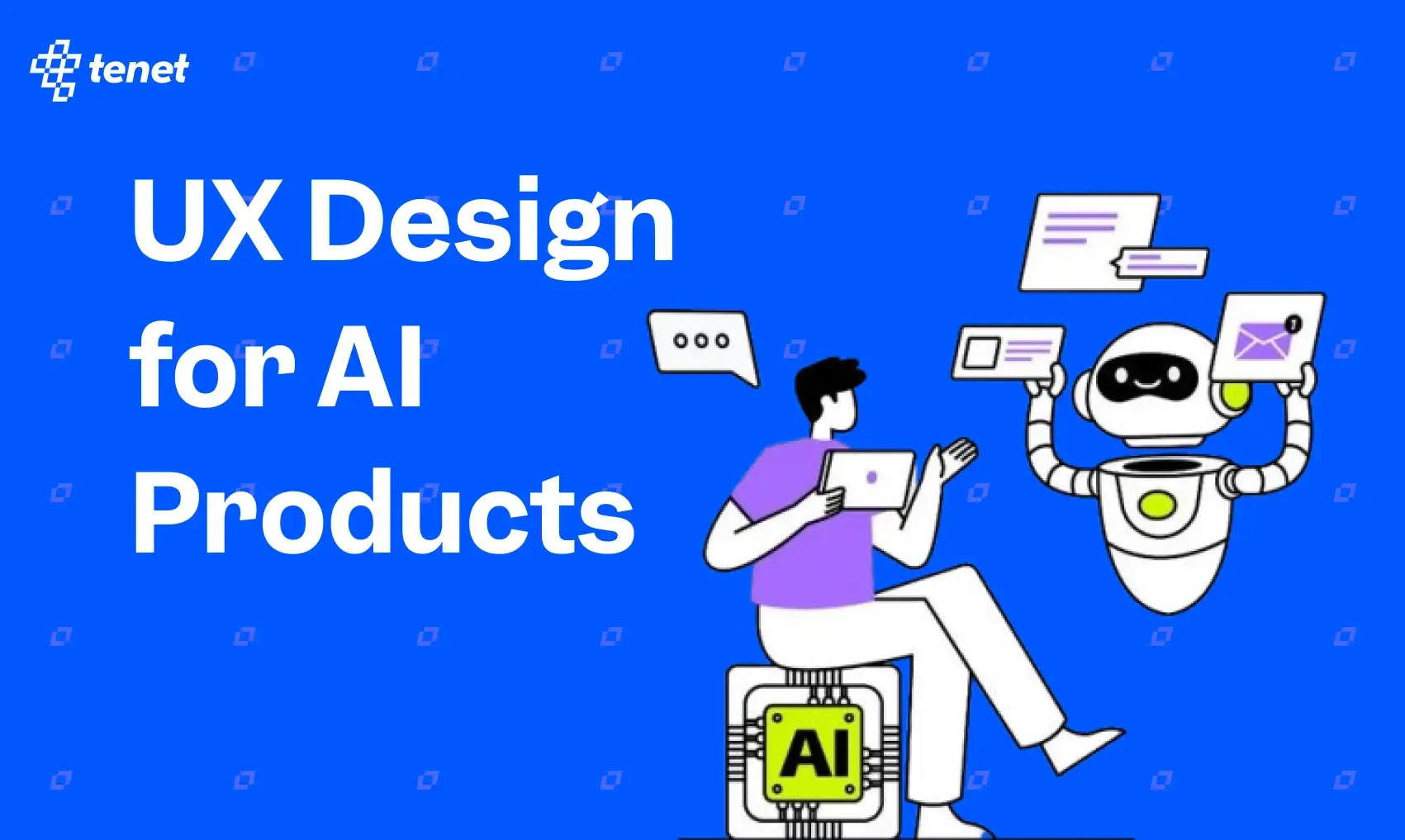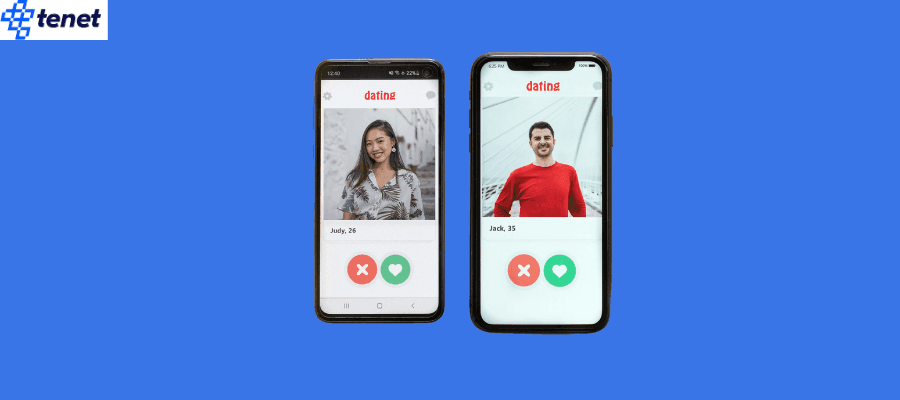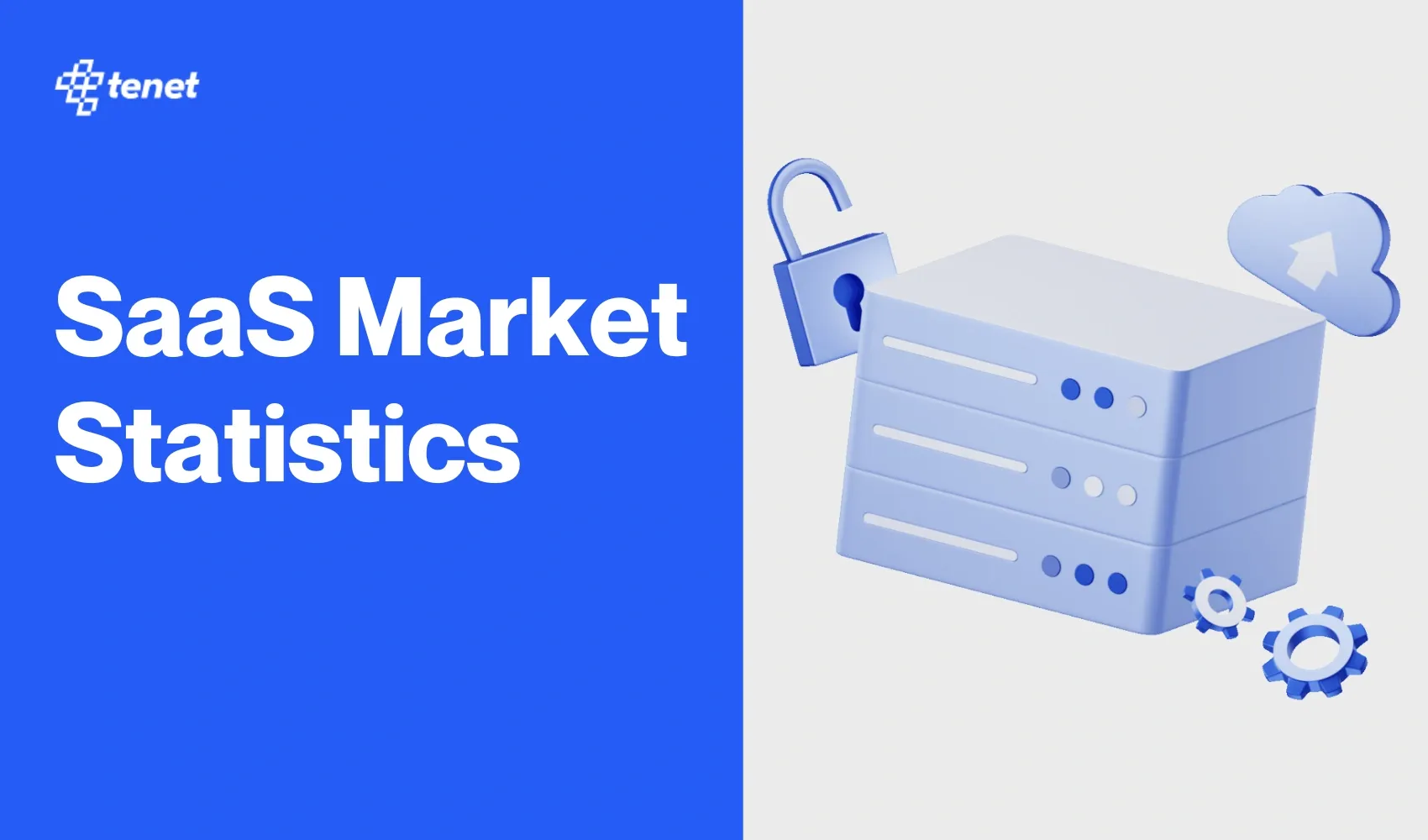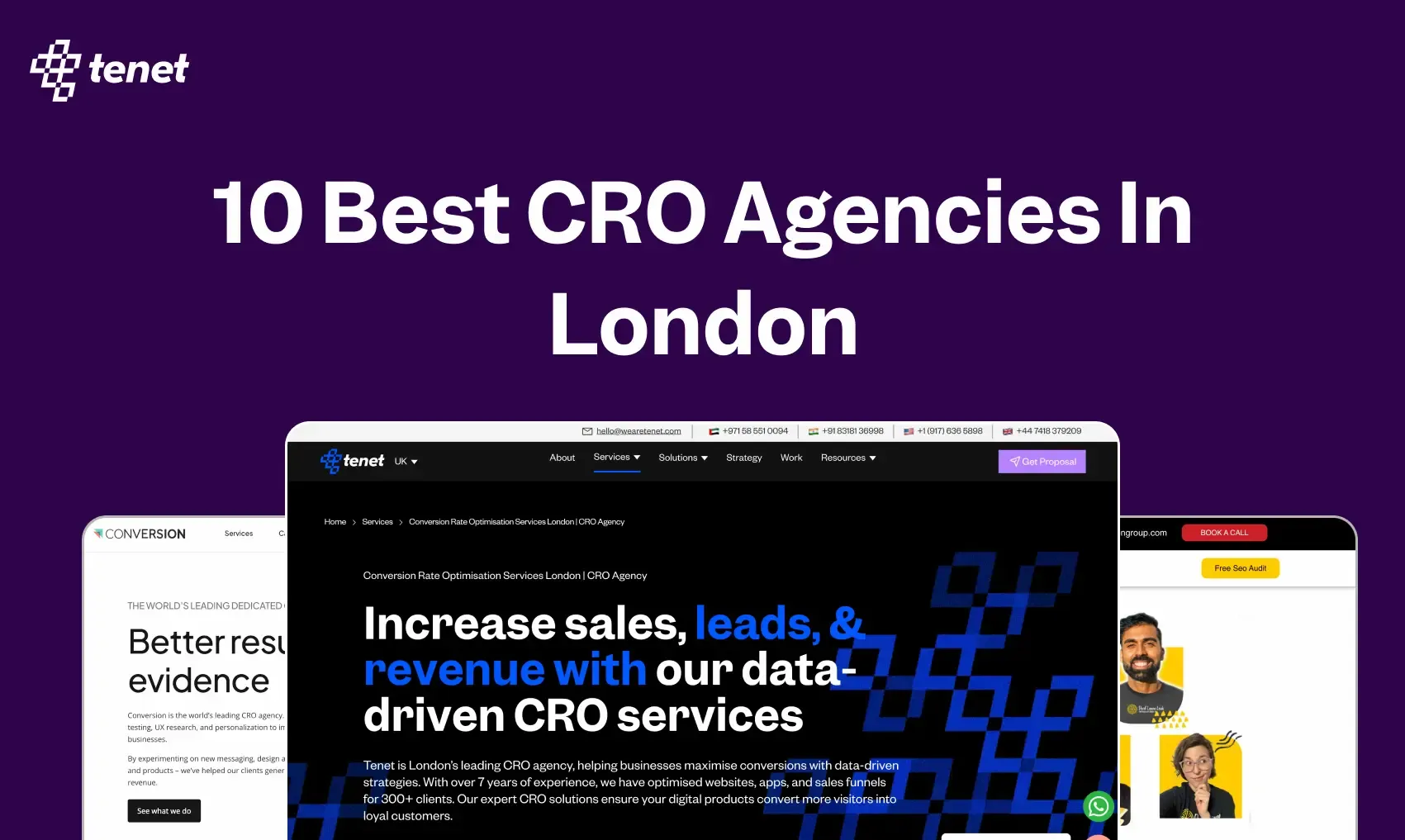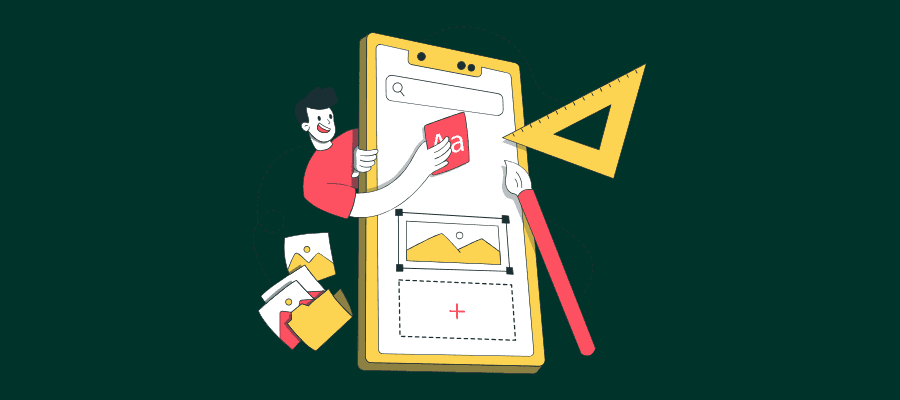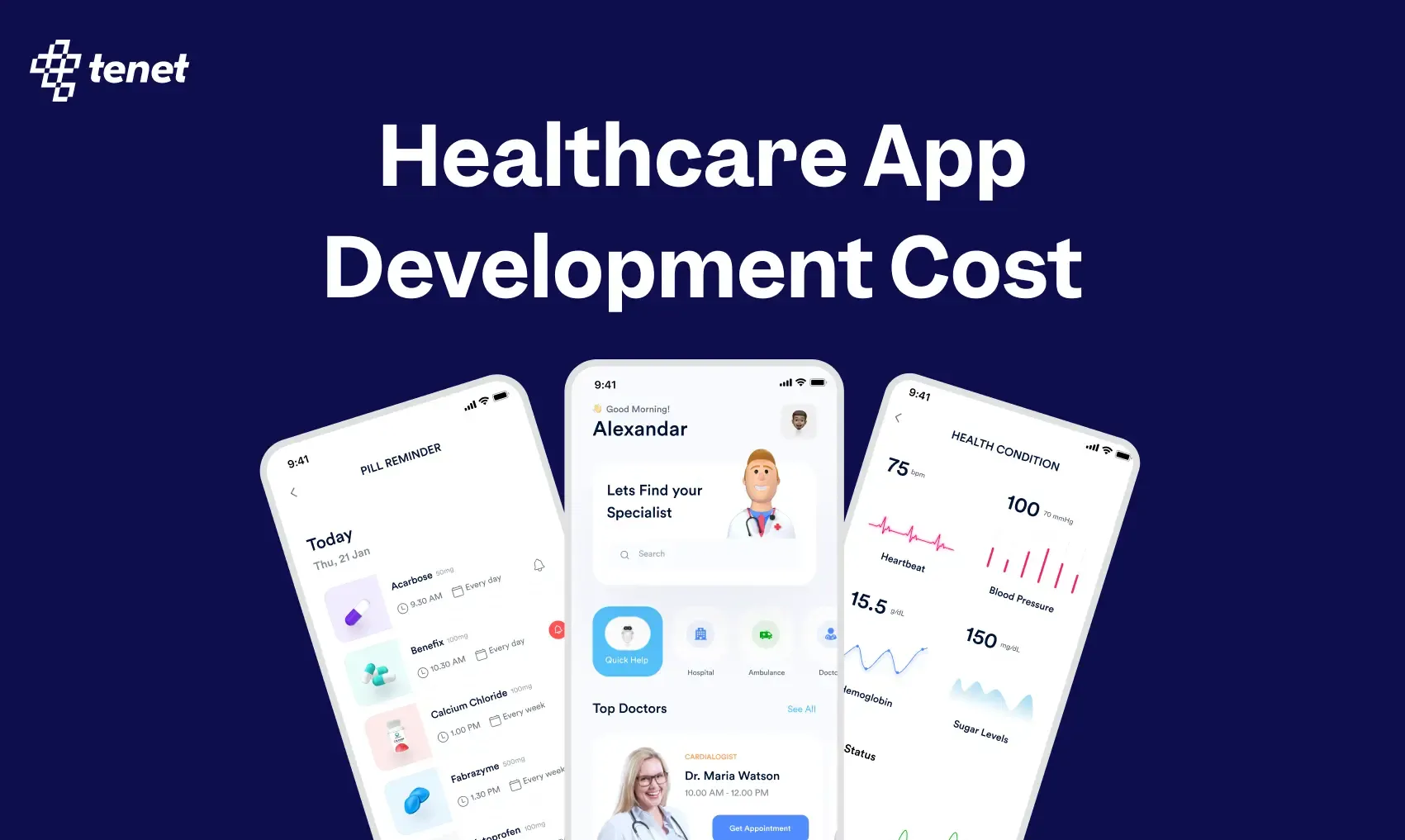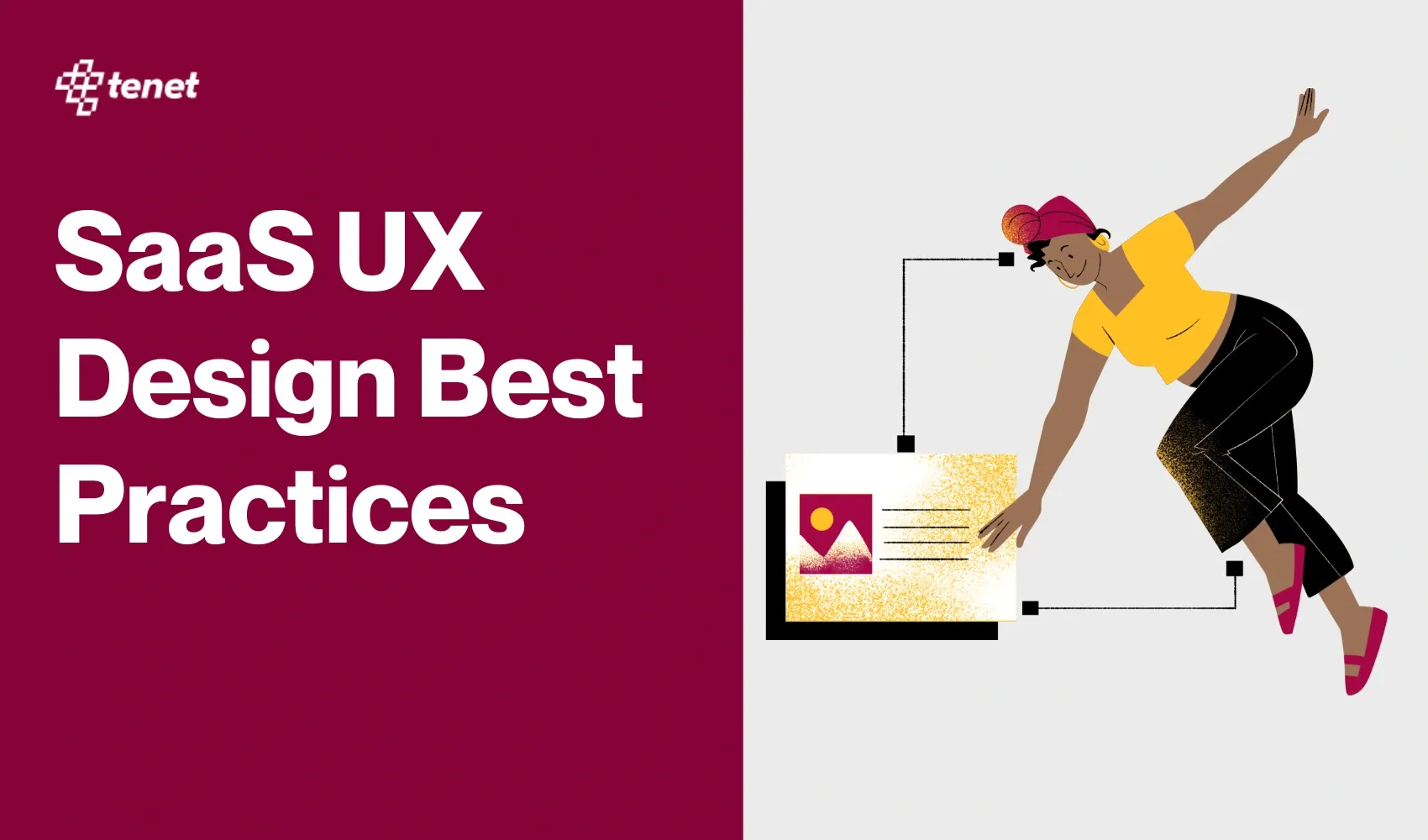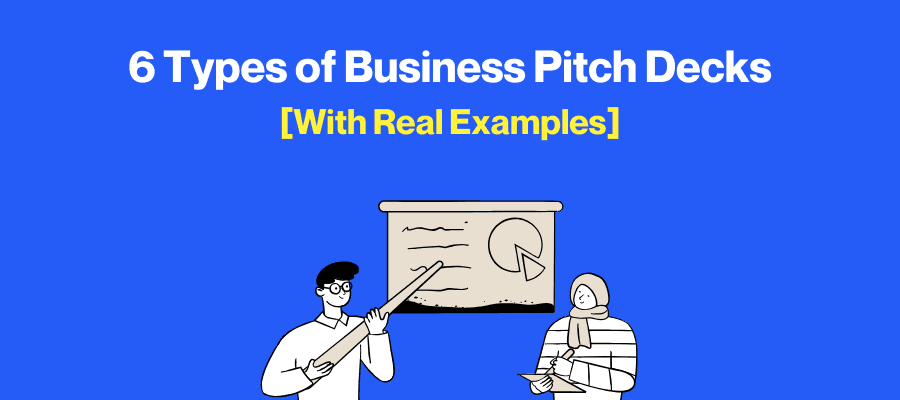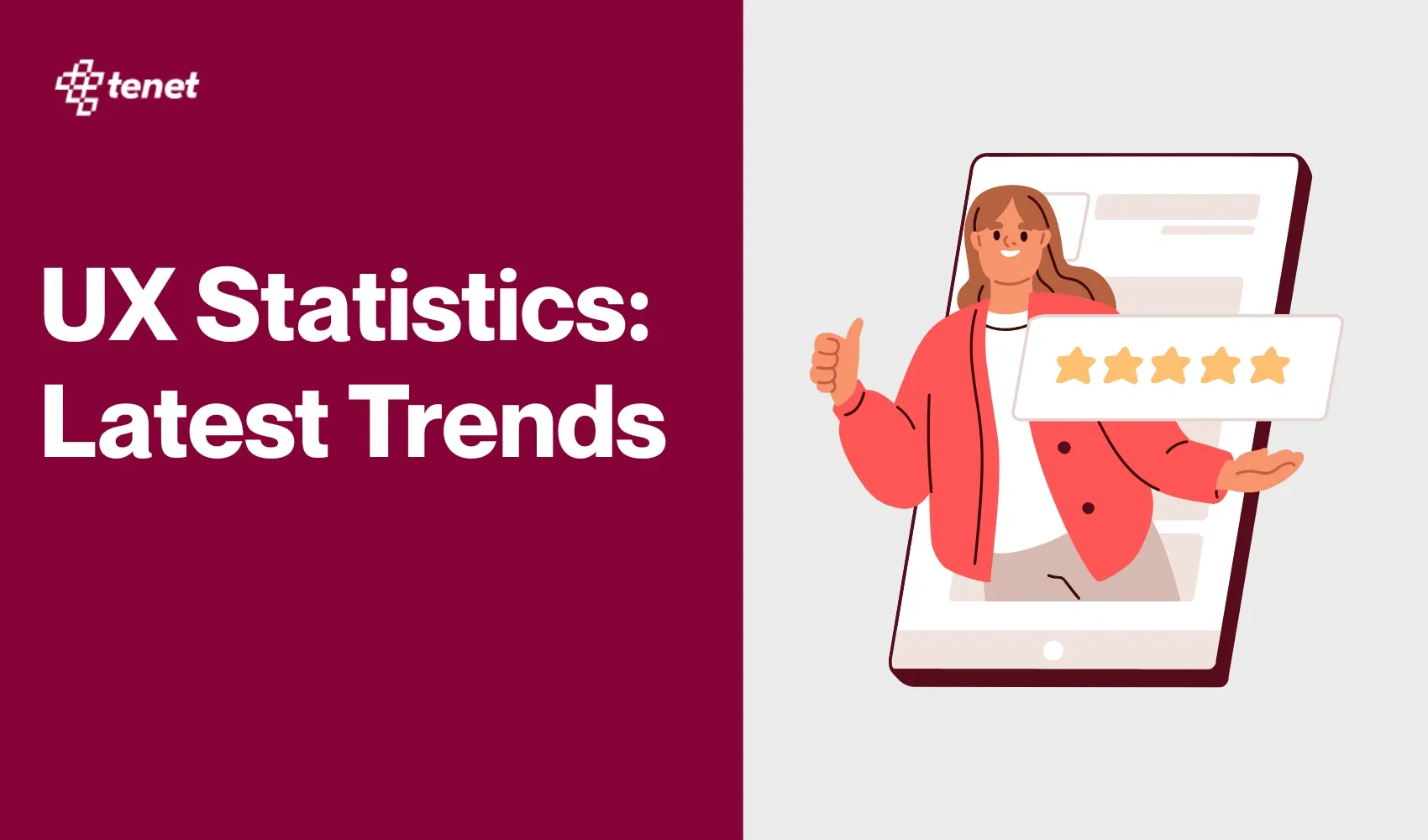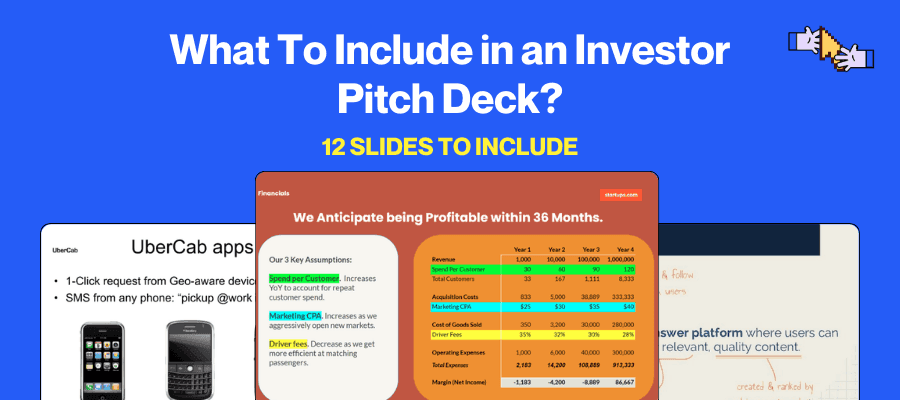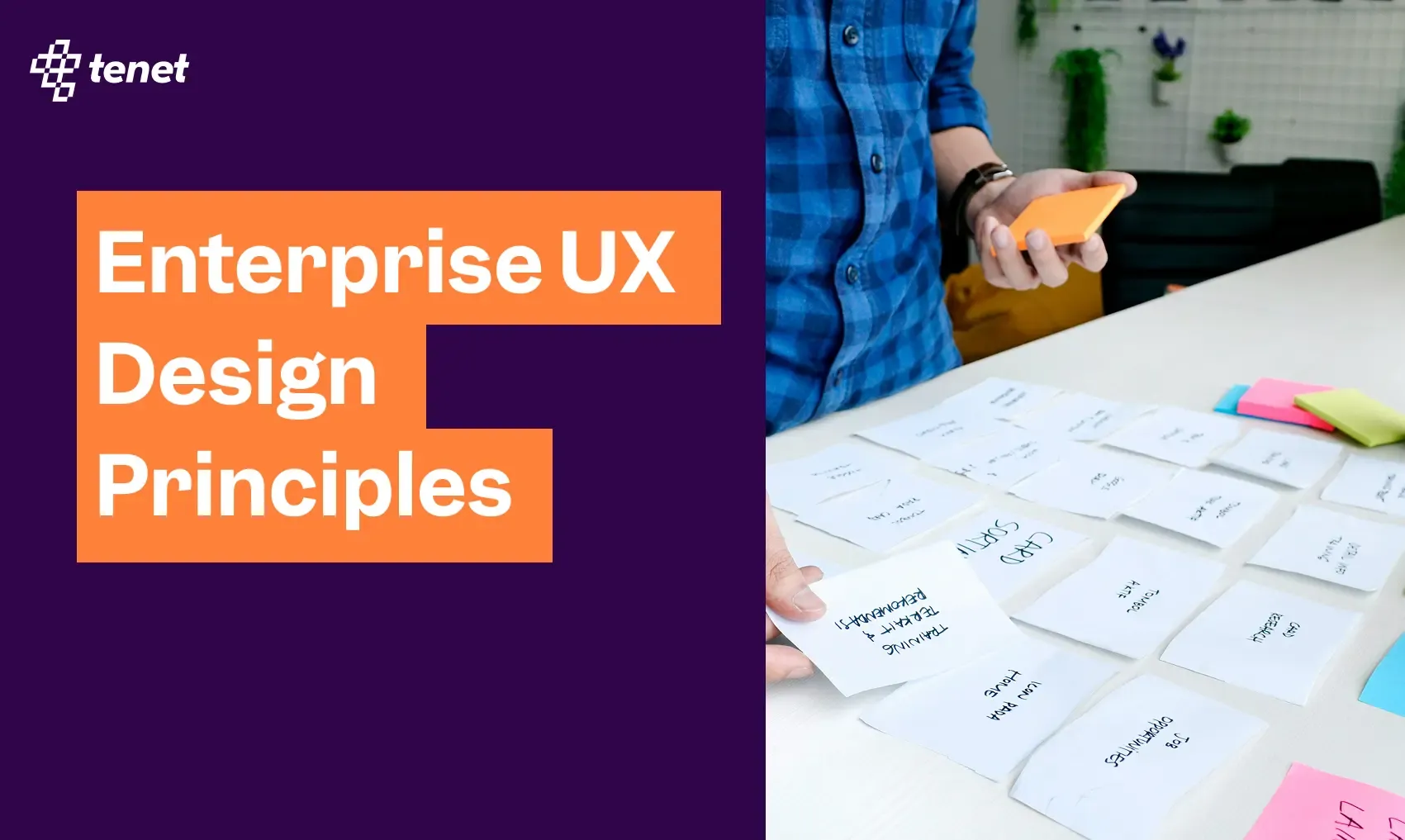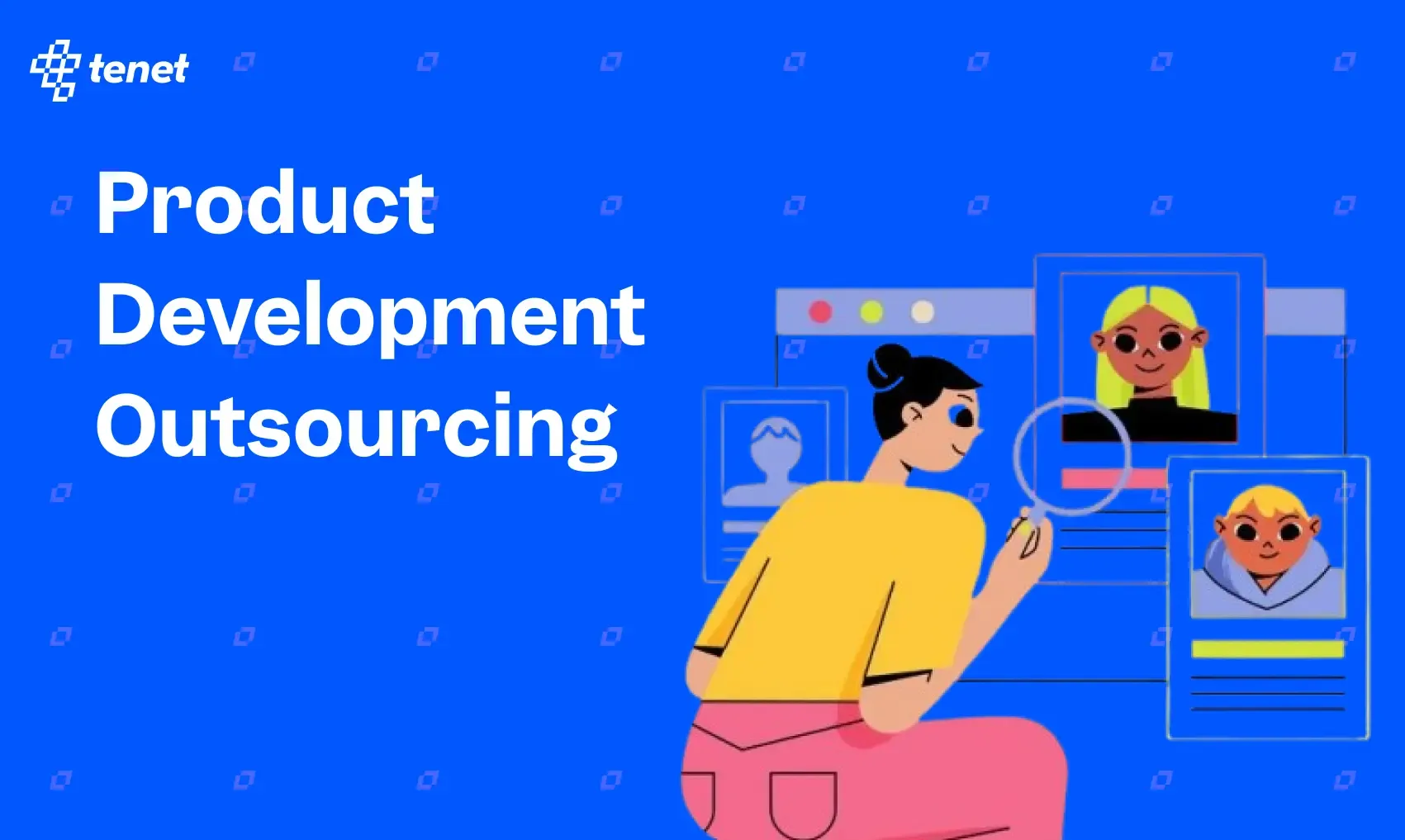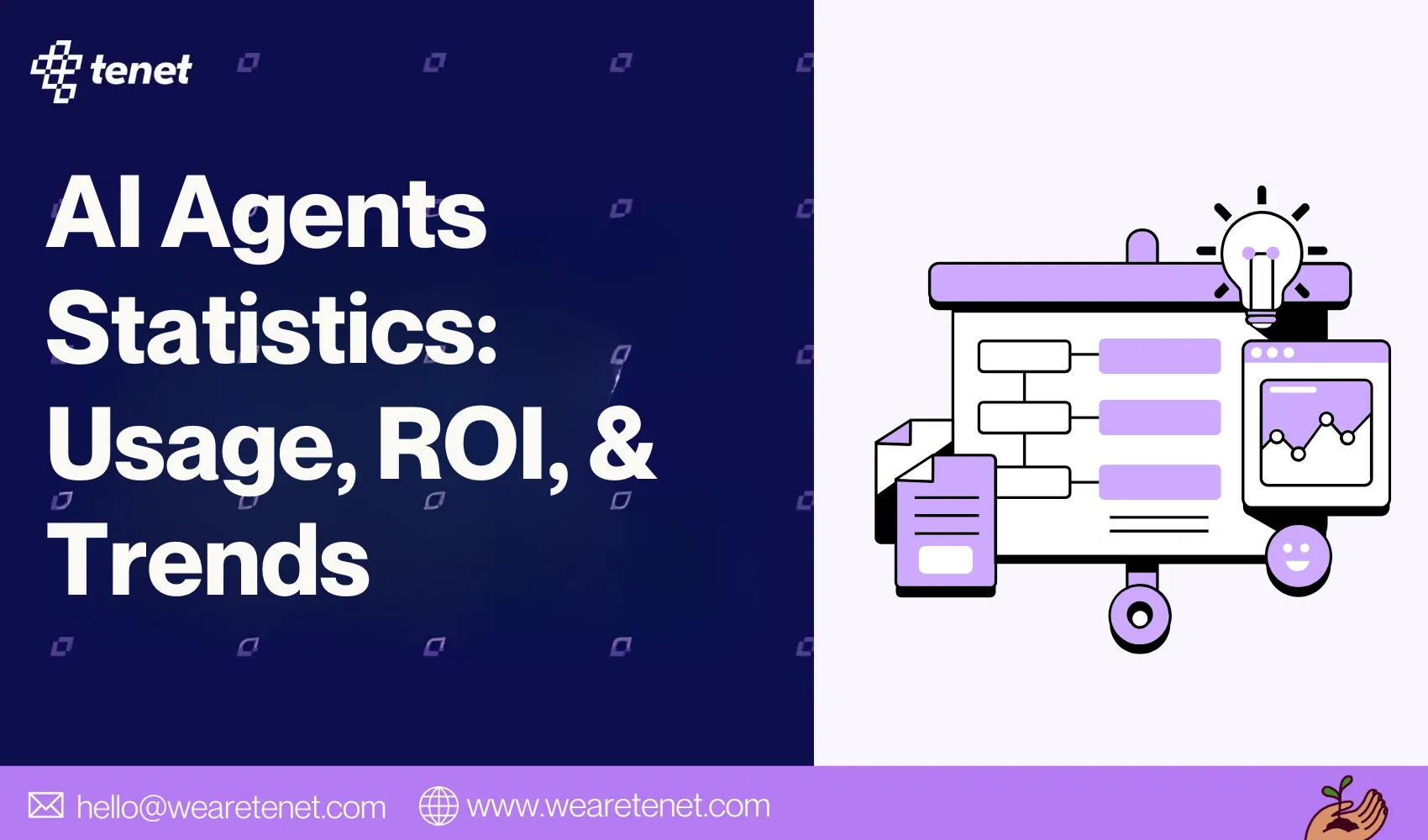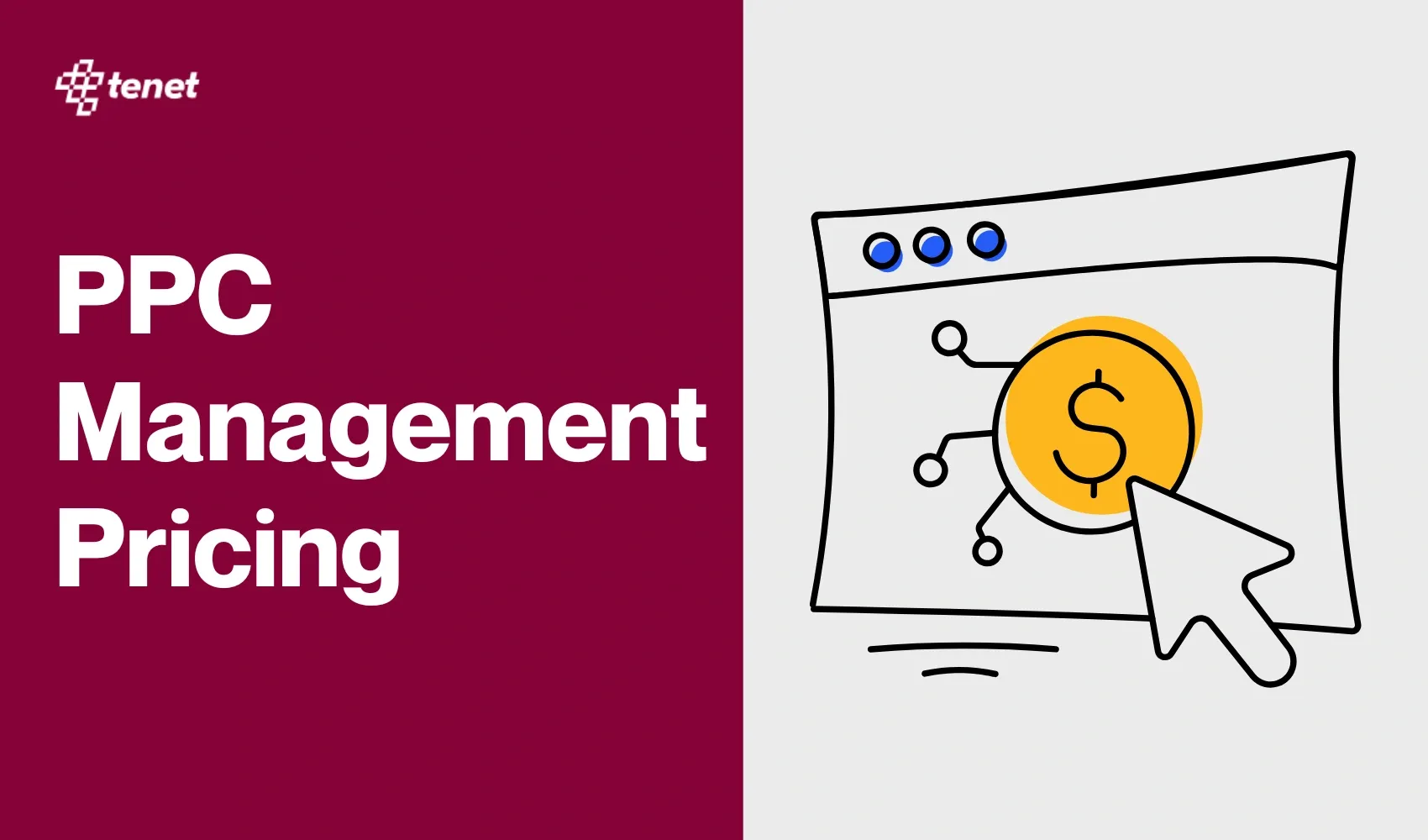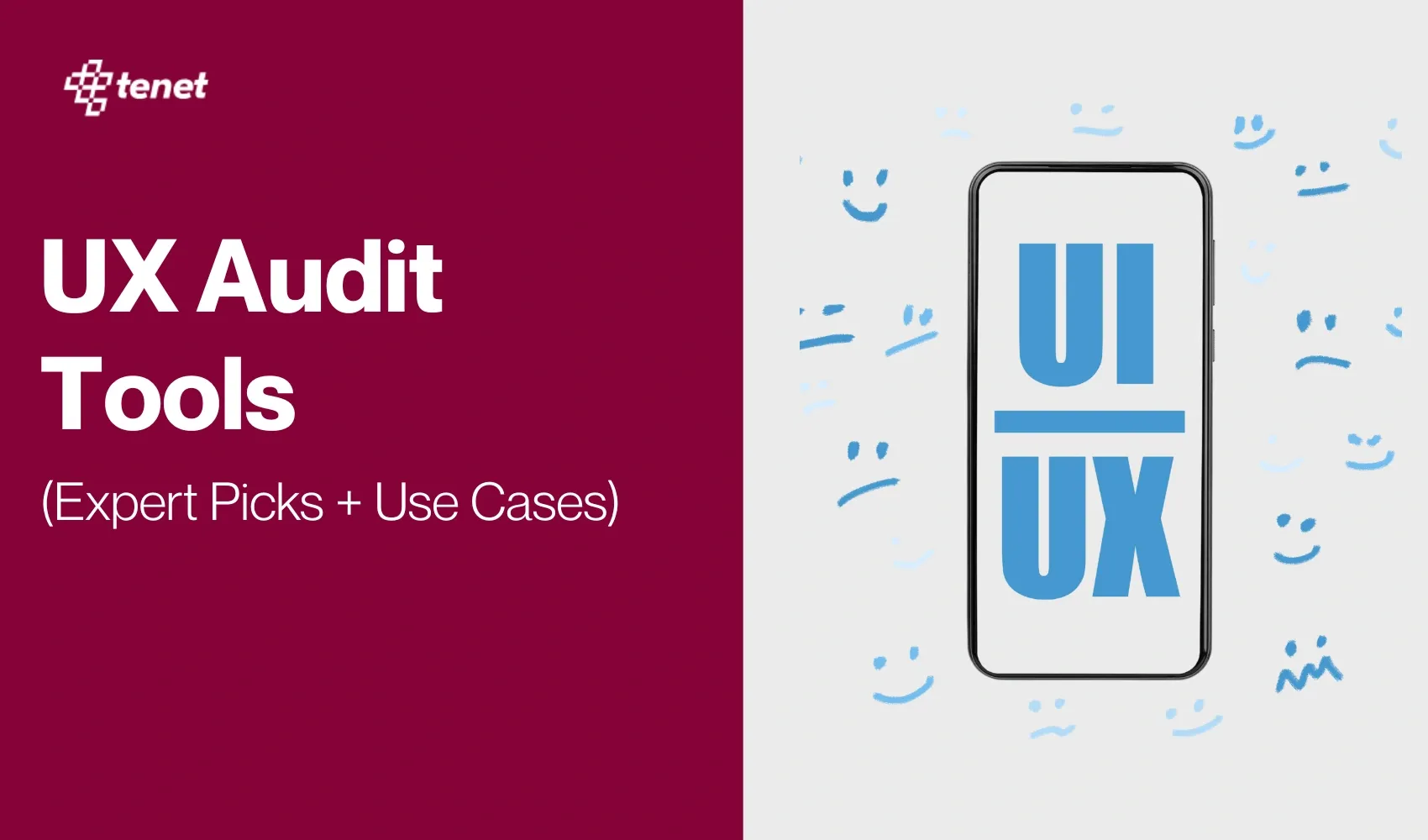Enterprise UX Design in 2025: Challenges and Best Practices
Share
Share

A confusing enterprise interface wastes hours, creates daily frustration, and often forces skilled employees to find workarounds just to do their jobs.
At Tenet, our UX designers have seen this firsthand, having delivered 450+ projects in 15+ countries; we know how common these struggles are.
In this guide, we’ll take a close look at the real problems enterprise users face every day and share practical design principles that can make a true difference (helping teams work smarter, not harder).
What is Enterprise UX Design?
Enterprise UX Design is the practice of creating digital tools, applications, and workflows that serve the varied and complex needs of employees within organizations. It focuses on usability, efficiency, and reliability to support business processes and diverse user roles.
This discipline ensures that software helps users perform their tasks accurately and quickly, reducing errors and cognitive load while aligning with organizational goals.
Here are some examples of enterprise software and what it does:
- Salesforce, a CRM platform used to manage customer relationships, sales, and marketing.
- Microsoft Dynamics 365, a suite of ERP and CRM applications for sales, finance, and operations.
- Tableau, a business Intelligence tool that helps enterprises analyze and visualize data.
- Microsoft Power BI, a data analytics and reporting platform for business insights.
- Jira (Enterprise), a project management tool used for software development and agile teams.
- Slack (Enterprise Grid), a team collaboration and communication platform.
- Zoom One (Enterprise), a video conferencing and enterprise communication suite.
- QuickBooks Enterprise, an accounting and financial management software for large businesses.
- Yomly, an HR and Payroll management software for enterprises (with 200+ companies)
👉 You can also further check out saas UX best practices, which offer practical insights into designing scalable SaaS solutions.
Consumer UX vs Enterprise UX: How Enterprise UX is Different
Consumer UX focuses on designing apps and websites for everyday users with simple, common tasks. The aim is to make the experience easy, enjoyable, and quick to learn. These products rely on clean layouts and clear paths to help users complete actions without confusion or training.
Enterprise UX, on the other hand, deals with software used by people at work who often handle complex tasks, large amounts of data, and strict business rules.
Enterprise UX focuses on complex data and workflows for business efficiency, while Consumer UX emphasizes simplicity and ease of use for personal tasks.

Here is a table showing some key differences between the two:
👉 Explore our UI UX design services by country:
- UI UX Design Agency In India
- UI UX Design Agency In London, UK
- UI UX Design Services In the USA
- UI UX Design Agency In Dubai
What are the core challenges in enterprise UX design?
Here are some common challenges in enterprise UX design:
1. Legacy Systems
Designers in enterprise environments often face tools built decades ago on outdated frameworks that are still mission-critical. Modernizing these systems means introducing UX improvements without disrupting workflows that thousands of employees depend on daily.
The technical debt buried inside these platforms makes even small interface changes risky, as one update may inadvertently affect backend processes or compliance protocols.
Here’s an image representing the different approaches to legacy system modernization, highlighting the levels of effort and impact from basic rehosting to complete system replacement.

Example:
Many enterprises still run SAP ECC or Oracle E-Business Suite, first deployed decades ago. Updating them with modern layers like SAP Fiori requires designers to enhance usability without breaking compliance-driven workflows, making small design updates high risk.
2. Information Density
Unlike consumer apps that can prioritize simplicity, enterprise applications must accommodate data-heavy tasks. Screens often present large tables, multiple dashboards, or several parallel workflows used simultaneously.
Reducing clutter without reducing utility is difficult. Designers must balance data discoverability with readability, ensuring that power users can maintain speed without drowning casual users in unnecessary detail.
Example:
The Bloomberg Terminal shows traders dozens of tickers, charts, and analytics in one view. Similarly, Salesforce dashboards aggregate KPIs, reports, and activity feeds. While powerful for experts, the dense data presentation can overwhelm new users.
The following image exemplifies information density in enterprise software, showing how dashboards like Bloomberg Terminal present vast amounts of data for expert users.

3. Stakeholder Complexity
Enterprise projects involve multiple layers of decision-makers and influencers: C-suite executives, IT administrators, subject matter experts, compliance officers, and frontline employees. Each group has different priorities, from security and scalability to usability.
Aligning these stakeholders often requires long iterative cycles and political navigation. Design choices are rarely approved quickly, as they must satisfy competing agendas.
Example:
Implementing Microsoft Dynamics 365 requires aligning executives (focusing on ROI), compliance teams (prioritizing security), IT (responsible for system integrity), and employees (who want efficiency). Designers must negotiate these competing interests, often leading to slowed decision-making.
4. Different Users vs Buyers
Enterprise software purchasing decisions often rest with executives who do not use the systems themselves. As a result, products are sold and demoed based on checklist features rather than usability. This mismatch creates a gap where employees (who rely on the software for everyday operations) receive tools optimized for sales pitches, not workflow efficiency.
Example:
HR leaders may choose HR software like Yomly and Workday based on reporting, compliance, and integration strengths showcased in demos.
However, end-users, employees logging time or checking payslips, often find workflows unintuitive, showing the gap between buyers’ priorities and users’ reality.
5. Slow Progress
The scale and dependency level of enterprise applications lead to slow rollouts. Upgrades require cross-team approvals, extensive testing, and phased deployment. What might take weeks in consumer software can take months or years in enterprise contexts.
Designers must adapt to long timelines and measure impact incrementally rather than expecting immediate adoption or results.
6. UX Debt
Accumulated design shortcuts over the years result in fragmented, inconsistent, and bloated interfaces. Enterprises often have overlapping modules added through acquisitions or expansions, leading to duplicated functions and non-standard interactions.
Correcting this UX debt without breaking core functionality or retraining entire workforces demands gradual re-architecture rather than quick fixes.
👉 Check out our article, Enterprise UX principles, to understand how design improvements can reduce UX debt.
7. Imposter Syndrome & Burnout
Enterprise UX emphasizes more on usability, efficiency, and workflow optimization (not visual appeal), and designers often struggle with how “portfolio-worthy” their work looks. The inherently slow progress, combined with limited recognition, can lead to frustration and burnout.
Unlike consumer applications, where impact is visible in user adoption, enterprise design impact is usually measured in reduced errors, compliance adherence, or improved productivity, metrics that are harder to showcase.
Must follow UX design principles for enterprise digital products
1. User-Centered Problem Solving
Enterprise UX design is primarily about removing workflow friction. Unlike consumer-focused software that emphasizes delight and personalization, enterprise applications deal with business-critical tasks. Poorly designed interfaces often force employees to memorize codes, navigate multiple menus, or manually copy data between systems.
A task like submitting expense approvals or generating compliance reports can take significantly longer than necessary.

Designing around real problems ( such as reducing cognitive overload, cutting redundant clicks, and mapping interfaces to how employees actually work ) directly translates to higher productivity across the organization.
Example:
Salesforce’s Sales Cloud Everywhere feature allows users to update CRM data directly from other productivity tools, reducing the need to switch contexts and minimizing redundant workflows, precisely addressing this principle of minimizing cognitive load and friction.
👉 You can check out our guide to digital product design examples to create a UX that is intriguing as well as help users navigate easily.
2. Prioritize Functionality Over Aesthetics
In enterprise software, aesthetics matter less than information density and task efficiency. Finance and operations users frequently handle large data sets, requiring quick access to dashboards, tables, and forms. Overuse of white space or hiding data inside layers of navigation frustrates users who need all relevant information at once.
For an enterprise finance dashboard, displaying account balances, outstanding approvals, and flagged anomalies on one screen saves repeated navigation. Here, value is created not through visual polish but through functional clarity and well-organized data presentation.
Example:
SAP Fiori’s design system replaces complex SAP GUIs with role-based, information-dense interfaces that surface critical data upfront, enabling users like financial controllers and supply chain managers to make faster decisions without unnecessary clicks or screen changes.
Here is a typical SAP Fiori dashboard: a role-based, information-rich layout surfaces key data at a glance for faster, more accurate business decision making.

3. Empathy and Cross-Disciplinary Collaboration
Enterprise UX design cannot succeed in isolation. Designers must engage with SMEs, end-users, and IT staff to understand system constraints and job context.
For instance, a warehouse manager may need software optimized for handheld devices in noisy environments, while an HR executive may prioritize secure, legally compliant workflows.
Collaboration ensures that designs account for integration complexity, business rules, and regulatory requirements.
Here’s a wireframe visualization of the warehouse software dashboard for different user bases:

Empathy means accepting that enterprise users are often multitasking under pressure and need systems that support - not hinder - their work.
4. Design for Power Users
Unlike consumer apps, where most users are generalists, enterprise applications are used by specialists who demand shortcut-driven interaction models. Power users expect keyboard commands, batch processing, and customizable workflows.
In tools like Salesforce or SAP, switching between objects or running advanced queries must be rapid. Designing strictly for “simplicity” risks alienating these experts, as it slows down tasks they perform daily.
Here’s a wireframe example:

A layered UX (where advanced features are discoverable but optional) ensures the system caters to both novice and expert users.
5. Incremental Improvements
Many enterprise systems are built on legacy infrastructure with deep dependencies. Attempting a full redesign can cause operational breakdowns or massive retraining costs.
Instead, adopting an iterative improvement model yields higher ROI. Fixing broken navigation labels, creating predictive form autofill, or optimizing search queries often delivers measurable time savings.
For instance, reducing an invoice processing step from 8 inputs to 3 can save thousands of collective employee hours annually. Incremental change respects the complexity of enterprise ecosystems while still pushing usability forward.
Here’s a visualization example of how enterprise software can minimize the tasks required from the user:

Example:
ServiceNow’s phased UX upgrades, including drag-and-drop dashboard widgets and improved mobile responsiveness, enhance usability over time without overwhelming users or breaking critical workflows.

6. Transparency and Documentation
Enterprise UX work requires design governance. With multiple teams handling development, QA, compliance, and training, undocumented decisions can create inconsistencies across the product.
Maintaining design system documentation, rationale for workflow changes, and test outcomes ensures alignment. A developer implementing an approval workflow in an HR system, for example, must understand why certain steps exist (audit compliance, approval chains) to avoid stripping critical functionality.
Documentation also helps in creating trust among stakeholders who need visibility into design choices.
This is what a typical documentation portal looks like:

7. Balancing Innovation with Familiarity
Radical redesigns in enterprise systems can disrupt workflows and cause significant losses in productivity. Employees build muscle memory using the same workflows daily, and forcing sudden relearning can lead to adoption failure.
The better approach is progressive innovation: introducing new features that mirror existing behaviors while adding efficiencies. For instance, replacing a manual inventory update with barcode scanning mirrors the old process but speeds it up. Innovation that feels familiar ensures adoption while still moving the platform forward.
Example:
Workday balances new mobile-friendly features, such as one-tap shift check-ins, with familiar workflows, minimizing retraining while steadily improving efficiency and user satisfaction.
⭐ If you need help with UI/UX design best practices, check out our services for various industries:
- B2B UI/UX services
- E-commerce
- Healthcare & Fitness
- Events
- Finance
- SaaS
- Travel & Hospitality
- On-Demand
- Food & Restaurant
- Real Estate
Tenet’s UI/UX design case study for an enterprise SaaS product
Tenet worked with an enterprise HR software company to make hiring easier with a new cloud-based platform. We designed a mobile app for candidates to quickly search for and apply to jobs, as well as track their application status.
We built a recruiter dashboard to post jobs, filter applications, and move candidates through each step. This includes creating an admin panel to manage teams, set workflows, and view reports.

With role-based access, real-time updates, and simple controls, the platform now helps HR teams work faster and gives job seekers a smooth experience from job search to onboarding.
👉 Contact us and see how our enterprise UX experts can help you.
Simplify enterprise software with expert UX design services
Simplify enterprise software with expert UX design services

Got an idea on your mind?
We’d love to hear about your brand, your visions, current challenges, even if you’re not sure what your next step is.
Let’s talk
